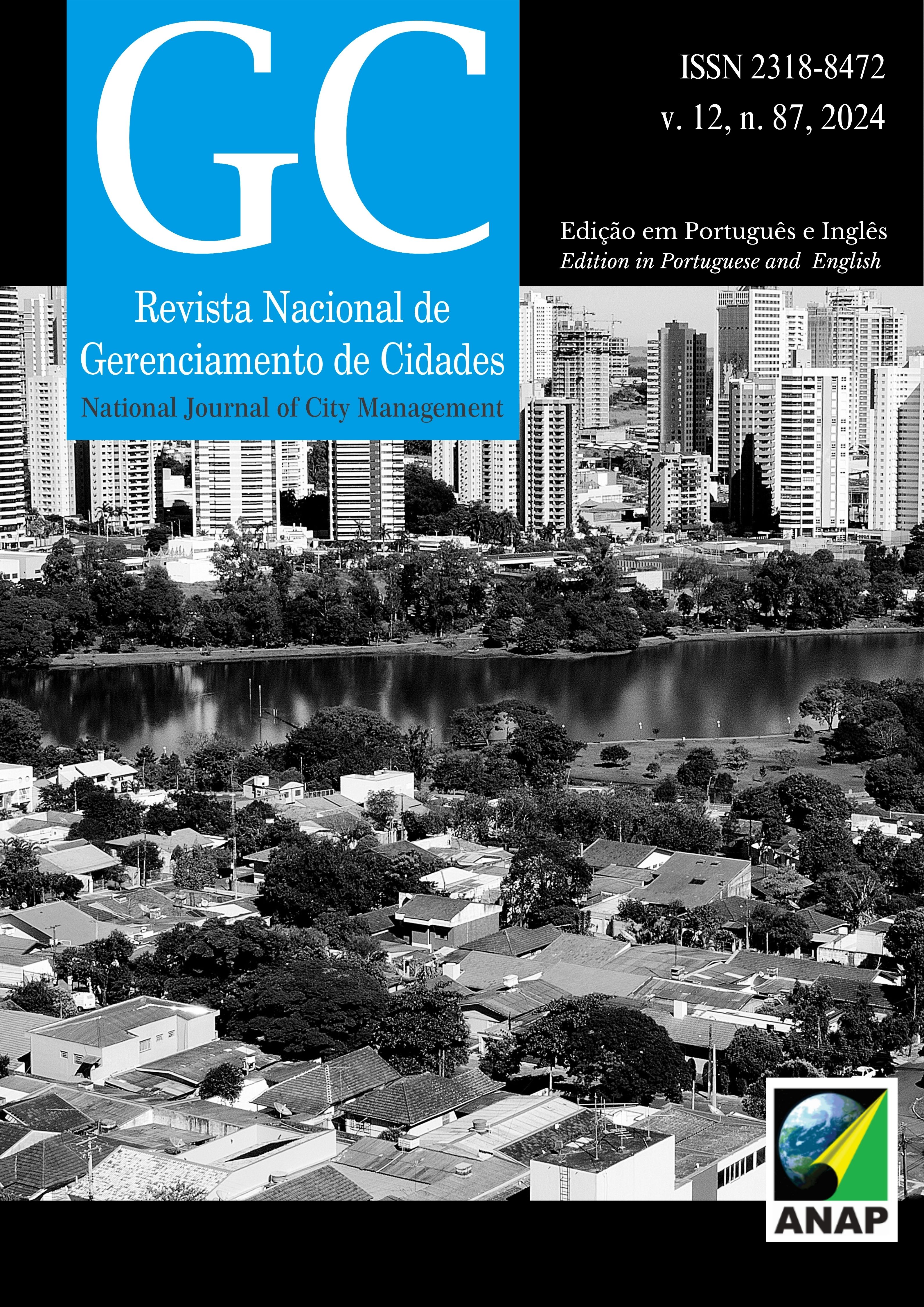Technological assessment of rendering mortar produced with expanded vermiculite
DOI:
https://doi.org/10.17271/23188472128720244841Keywords:
Fine aggregate, Mortar, Mechanical propertiesAbstract
The construction industry is associated with a high consumption of non-renewable resources, such as sand, in addition to the energy demand involved in the construction processes and the use of buildings. In the search for new technologies for traditional building materials, cement mortars have been modified by replacing sand with lightweight aggregates, such as expanded vermiculite. The aim of the present study is, therefore, to analyze the flexural tensile strength of rendering mortars produced with a 1:1:6 mix ratio by volume, with 10% and 20% substitution of natural aggregate by expanded vermiculite, comparing them with a reference mixture. The experimental phase consisted of the characterization of aggregates, preparation of mortars, tests in the fresh state, and flexural tensile strength tests. Overall, the replacement of sand with expanded vermiculite increased the flexural tensile strength, enhanced the fresh-state bulk density, and reduced the consistency index. Known for contributing to improvements in thermal and acoustic insulation, reducing structural weight, among other effects, the use of vermiculite in mortars demonstrated potential based on the results, as it did not significantly impair the mechanical behavior of the mixtures.
Downloads
Downloads
Published
Issue
Section
License
Copyright (c) 2024 National Journal of City Management

This work is licensed under a Creative Commons Attribution-NonCommercial-ShareAlike 4.0 International License.














